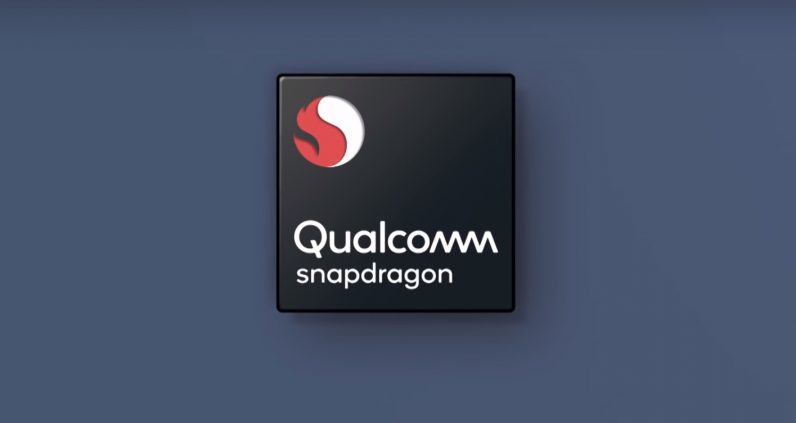2019-1-25 15:16 |
CoinSpeaker
Mobile Payments Is A Big Market – And It’s About To Get Much Bigger
With more smartphones in people’s pockets and an increasing number of countries shifting towards cashless economies, it is no surprise that many of the leading payment technology companies in the world are constantly working to introduce new and improved payment solutions.
In 2016, the mobile payment market was valued at $601 billion. By 2017, it grew to nearly $720 billion, and it is expected to cross the $1 trillion milestone in 2019. Forecasts suggest that it will continue to grow, reaching anywhere between $2.7 and $4.5 trillion by 2023. This growth will be prompted by many catalysts, which will both get more people to use mobile payments and make it easier for existing users to conduct more of their transactions with mobile devices.
Going MobileThe introduction of mobile internet and smartphones placed mobile payment at the fingertips of billions around the world. As the industry grew, more users started using mobile payments, due to its seamless, frictionless nature. Moreover, using an application for making payments gives the user more transparency and control over their finances, with readily available data accessible anywhere, enabling them to track and manage their spending habits. The phenomenon grew to gigantic proportions, with sales events, such as Black Friday and Cyber Monday bringing in billions in mobile payments each year.
But the market is far from reaching its full potential. Alongside obvious growth brought upon by more people around the world obtaining access to smart devices, there is also growing trust in mobile payment systems thanks to companies such as Square placing a strong emphasis on security and fraud prevention. As the industry continues to mature, it is likely to attract more new users.
Several recent innovations could bring new usability to mobile payments. Blockchain is becoming a global trend and several payment giants, such as Mastercard, have already introduced payment systems based on the technology. Other innovations could include increased promotion of e-Wallets, such as Apple Pay, and removing global barriers using services such as Wirecard.
Meeting Customers at the Point of SaleBut there’s much more to mobile payment than online shopping. Using a smartphone instead of a credit or debit card at a point of sale is a phenomenon that is expected to grow, with contactless payment technology making the process intuitive and simple, while giving the user real-time information about their finances.
As this becomes more widespread, it is likely that payment giants will try and leverage this form of interaction with the customer. Meeting a buyer at the point of sale opens up a myriad of business opportunities, since customers could be offered promotions and rewards relevant to them, based on their locations and even payment history. Combining payment technology with location services, artificial intelligence and big data, mobile payment could potentially have an even greater impact on in-store payment than it did on eCommerce.
Investing in the Mobile Payment IndustryWith such strong growth forecasts and many opportunities still untapped in the market, it is no wonder that many investors are eager to take part in this well-established industry. To help its clients gain exposure to the mobile payment market, eToro has put together the MobilePayment CopyPortfolio – a fully allocated thematic investment portfolio focusing on the mobile payment market. Using this Portfolio, investors can passively invest in the segment in the long term, with stocks from leading companies such as Mastercard, Visa, PayPal and many others.
Mobile Payments Is A Big Market – And It’s About To Get Much Bigger
origin »Universal Mobile Token (UMT) на Currencies.ru
|
|





















